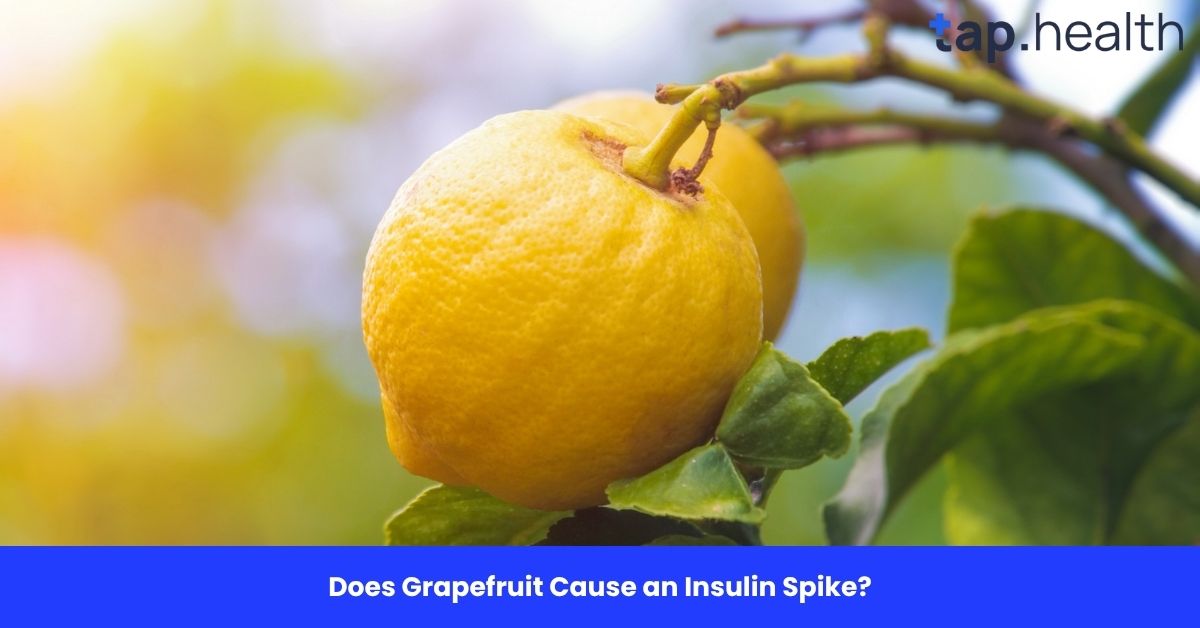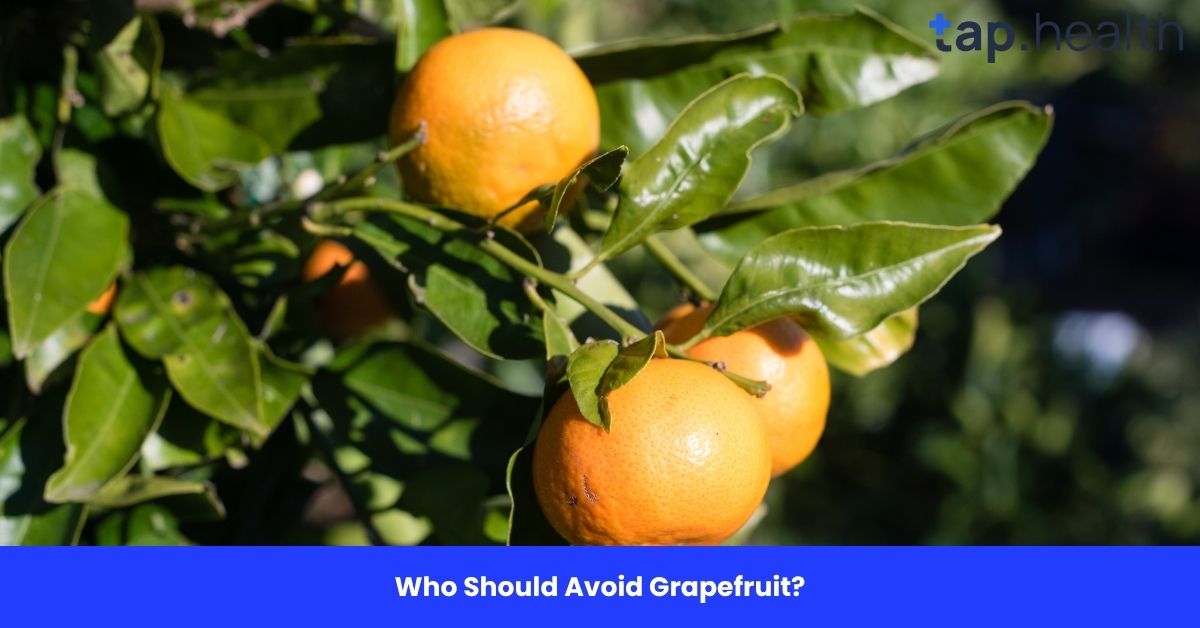Uttapam, a popular South Indian dish, is known for its savory, thick pancake-like texture, often topped with vegetables like onions, tomatoes, and chilies. It’s a favorite breakfast or snack in many Indian households, but if you’re counting your calories or trying to make healthier food choices, you might wonder, how many calories are in uttapam?
In this article, we’ll provide you with an in-depth look at the calorie content of uttapam, its nutritional value, and how it fits into a balanced diet. Whether you’re a regular fan of uttapam or simply curious, this guide will give you all the information you need.
What is Uttapam?
Uttapam is a type of savory pancake from South India made from a fermented batter of rice and urad dal (split black gram). It is thick, soft, and often topped with a variety of vegetables like onions, tomatoes, green chilies, and sometimes even grated coconut or cheese.
Uttapam is typically served with coconut chutney and sambar (a spiced lentil soup). It is loved for its soft texture and flavorful toppings, making it a favorite breakfast dish or snack.
How Many Calories Are in Uttapam?
The calorie content of uttapam depends on the ingredients used and the portion size. On average, one medium-sized uttapam (about 100 grams) contains approximately 150-200 calories. This can vary depending on the toppings and the cooking method.
Here’s a breakdown of the calories in different components of uttapam:
- Plain Uttapam (100 grams): Approximately 150-170 calories
- Uttapam with toppings like onions and tomatoes (100 grams): Around 170-200 calories
- Uttapam with cheese or additional oil: Can add up to 250-300 calories per serving.
The calorie count in uttapam can increase with the addition of oil or butter for cooking, as well as the type of toppings used (such as cheese or extra oil).
What Are the Nutritional Benefits of Uttapam?
Uttapam, despite being a calorie-dense dish, is packed with nutrients. Let’s take a closer look at the nutritional benefits of this popular South Indian dish:
1. Carbohydrates
Uttapam is primarily made from rice and urad dal, making it a great source of carbohydrates. One medium-sized uttapam (100 grams) contains about 25-30 grams of carbs. Carbs are the body’s primary source of energy, and uttapam provides a good amount of fuel for your day.
2. Protein
Uttapam contains a moderate amount of protein, especially from the urad dal, which is rich in plant-based protein. A 100-gram serving of uttapam provides around 4-6 grams of protein, which supports muscle growth and repair, as well as overall bodily functions.
3. Fats
The fat content in uttapam is typically low, but it can vary depending on how it’s cooked. If made with minimal oil, a 100-gram serving of uttapam contains about 3-5 grams of fat. The fats in uttapam come from the cooking oil used and any toppings added, such as cheese or ghee.
If made with extra oil or ghee, the fat content can be significantly higher.
4. Fiber
Uttapam has a decent amount of fiber, thanks to the rice and urad dal. On average, a 100-gram serving of uttapam provides about 2-3 grams of fiber, which helps with digestion and promotes a feeling of fullness. Fiber also helps in regulating blood sugar levels and lowering cholesterol.
5. Vitamins and Minerals
Uttapam contains small amounts of several essential vitamins and minerals, including:
- Iron: Essential for the production of red blood cells.
- Calcium: Supports bone health and muscle function.
- Vitamin B Complex: Important for energy production and brain function.
- Magnesium: Helps with muscle and nerve function.
- Potassium: Helps maintain fluid balance and regulate blood pressure.
Adding vegetables like tomatoes, onions, and chilies to the uttapam increases its vitamin and mineral content, especially vitamin C and antioxidants.
Is Uttapam Healthy?
Uttapam can be considered a healthy dish when consumed in moderation and prepared in a balanced way. Here’s why:
Benefits of Uttapam
- Rich in Protein: Uttapam provides a good amount of plant-based protein from urad dal, making it a great option for vegetarians or those looking to add more plant-based protein to their diet.
- High in Fiber: The fiber from the rice and dal helps with digestion and supports weight management.
- Low in Fat: Uttapam, when made with minimal oil, is low in fat, especially unhealthy fats like trans fats or saturated fats.
- Nutrient-Dense: With its mix of rice, dal, and vegetables, uttapam provides a variety of essential vitamins and minerals necessary for your overall well-being.
Drawbacks of Uttapam
- Calorie Content: Uttapam can be relatively calorie-dense, especially if cooked with large amounts of oil or butter. If you’re trying to lose weight or manage your calorie intake, portion control is essential.
- Refined Carbs: While uttapam is made from fermented rice and dal, it still contains refined carbohydrates that can lead to a rise in blood sugar levels. For those managing diabetes or blood sugar levels, moderation is key.
- Toppings Add Calories: The addition of toppings like cheese, ghee, or extra oil can significantly increase the calorie content and fat intake, so it’s important to consider these when preparing or consuming uttapam.
How to Make Uttapam Healthier?
If you’re trying to enjoy uttapam while staying healthy, there are several ways to make it more nutritious without sacrificing flavor:
1. Use Less Oil or Ghee
Traditional uttapam recipes often use oil or ghee to cook the batter. To make your uttapam healthier, reduce the amount of oil used or opt for healthier oils like olive oil or coconut oil.
2. Add More Vegetables
To increase the fiber, vitamins, and minerals in your uttapam, try adding more vegetables to the toppings. Common additions include onions, tomatoes, green chilies, spinach, or even grated carrots.
3. Go Whole Grain
While traditional uttapam is made with white rice, you can make it healthier by using brown rice or millet flour for a whole grain version. This will increase the fiber content and make it a more nutrient-dense option.
4. Use Low-Fat Dairy
If you’re adding cheese or yogurt as a topping, opt for low-fat or fat-free versions. This will reduce the calorie content and make the dish lighter.
5. Control Portion Sizes
While uttapam is nutritious, it’s still a calorie-dense food. Stick to one or two medium-sized uttapams per meal to avoid excessive calorie consumption.
How Many Calories Are in Different Types of Uttapam?
The calorie count in uttapam can vary depending on the toppings and ingredients used. Let’s look at the calories in some common types of uttapam:
1. Plain Uttapam
Plain uttapam made with just rice, urad dal, and minimal oil typically contains around 150-170 calories per 100 grams.
2. Vegetable Uttapam
Adding vegetables like onions, tomatoes, and green chilies can increase the calorie count slightly, making it around 170-200 calories per 100 grams. The added vegetables also provide additional vitamins and minerals.
3. Cheese Uttapam
If you add cheese as a topping, the calorie count can rise significantly. A cheese uttapam can have between 250-300 calories per 100 grams, depending on the amount and type of cheese used.
4. Uttapam with Ghee
If you cook uttapam with ghee or butter, the calorie count will increase. One medium-sized uttapam could contain around 250-300 calories, depending on the amount of ghee used.
FAQs: How Many Calories in Uttapam?
1. How many calories are in one uttapam?
One medium-sized uttapam (approximately 100 grams) typically contains between 150-200 calories, depending on the ingredients and toppings used.
2. Is uttapam a good choice for weight loss?
Uttapam can be part of a weight-loss diet if eaten in moderation and prepared with minimal oil. Opt for vegetable uttapam and control portion sizes to keep the calorie count in check.
3. What’s the healthiest way to make uttapam?
The healthiest way to make uttapam is to use minimal oil or ghee, add plenty of vegetables, and consider using whole grains like brown rice or millet for the batter.
4. Can I eat uttapam on a low-carb diet?
Uttapam contains carbohydrates from rice, so it may not be ideal for very low-carb diets. If you’re on a low-carb diet, you may want to enjoy uttapam in moderation or try alternatives made from lower-carb flours.
5. How many calories are in cheese uttapam?
Cheese uttapam typically contains between 250-300 calories per 100 grams, depending on the amount of cheese used.
6. Is uttapam gluten-free?
Traditional uttapam made from rice and urad dal is gluten-free, but always check the ingredients if you are using packaged flour or mixes.
Conclusion
Uttapam is a flavorful and nutritious South Indian dish that can be part of a balanced diet when enjoyed in moderation. Whether you’re having it for breakfast, lunch, or as a snack, uttapam provides a good mix of carbohydrates, protein, and fiber, along with essential vitamins and minerals. By making a few adjustments, like using less oil and adding more vegetables, you can enjoy uttapam as a healthier option. So, go ahead and savor this delicious dish, but remember to keep an eye on your portion sizes and calorie intake for the best results!


